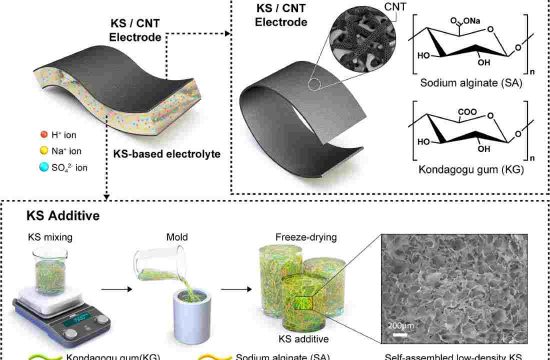A large body of research supports the critical role of handwriting in reading, both in alphabetic languages and Chinese.
In the study by Dr. Amelia Xu Zhengye, Post-Doctoral Fellow at the Department of Special Education and Counselling (SEC), Education University of Hong Kong (EdUHK), 144 second- and 150 fourth-grade Chinese students were recruited to complete a Chinese character-learning task to explore the specific contributions of sensory-motor components including visual, motor and haptic systems, of handwriting to Chinese character learning.

There were three sessions in the study: pretest, training, and posttest. The pretest was performed two weeks before the training and the posttest was conducted immediately after the training session.
After matching for age, nonverbal IQ, and a series of cognitive-linguistic skills, each child was assigned to one of four training conditions (i.e., reading, visual processing, air-writing, or handwriting) to investigate the specific contributions of sensory-motor components of handwriting to Chinese character learning. In the reading condition, the children were shown images of characters.
In the other three conditions, they were shown animations of how a given character is written. The participants were asked to view the animations in the visual processing condition, whereas in the air-writing and handwriting conditions they were asked, respectively, to follow the animations and write the Chinese characters with their index fingers in the air or write the Chinese characters with a pen on paper. They were asked to name the learned characters in the posttest.
Both air-writing and handwriting elicited a larger training effect than reading or visual processing, but there was no difference between the air-writing and handwriting groups. Also, no age differences were found in either the air-writing or handwriting conditions.
Overall, the children in the air-writing and handwriting groups performed better than those in the reading (control) and visual processing groups, but there was no significant difference between air-writing and handwriting, nor between reading and visual processing.
First, the visual-processing condition, displaying characters with their stroke-order information, did not provide any extra benefit over the control condition displaying the overall shape.
Second, both the air-writing and handwriting conditions provided greater enhancements than the reading condition, suggesting that participating had a better learning effect than passive viewing.
Third, the difference between air-writing and visual processing was significant, implying that the specific movements related to orthographic formation have a unique contribution to the relationship between writing and reading.
Finally, the similar training effects of the handwriting and air-writing conditions suggest that the haptic processing of handwriting per se did not lead to any unique reading improvement.
The study provides a direction for researchers and educators to examine how to use the different sensory-motor components of handwriting in learning and teaching practice to enhance the effectiveness of Chinese character learning.
The study was conducted together with Dr. Liu Duo, Associate Professor at SEC, EdUHK; and Professor Joshi R. Malatesha at Texas A&M University.








